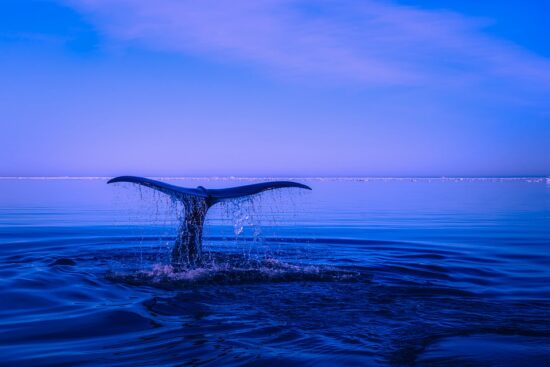Superbugs in the ocean: what beached whales can teach us about antibiotic resistance
Antimicrobial resistance is what happens when microorganisms evolve ways to become immune to antimicrobial drugs that could previously kill them. The resistant microorganisms, also called superbugs, are more difficult to treat. This sometimes requires stronger or larger doses of medication. As more disease-causing microorganisms evolve resistance, it is becoming increasingly urgent to understand exactly how antimicrobial resistance occurs and develop ways to mitigate its effects.
Perhaps surprisingly, scientists have been able to find insights into antimicrobial resistance in an unlikely place: stranded cetaceans, or live sea animals that have washed on shore. Cetaceans are large aquatic mammals that require air to breathe. This group includes whales, dolphins, and porpoises. They can act as a link between ocean and human health, often signalling the emergence of new diseases and showing how pathogens evolve over time.
AMR NEWS
Your Biweekly Source for Global AMR Insights!
Stay informed with the essential newsletter that brings together all the latest One Health news on antimicrobial resistance. Delivered straight to your inbox every two weeks, AMR NEWS provides a curated selection of international insights, key publications, and the latest updates in the fight against AMR.
Don’t miss out on staying ahead in the global AMR movement—subscribe now!







